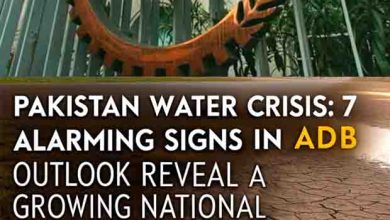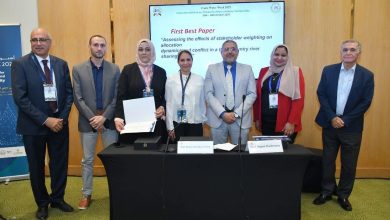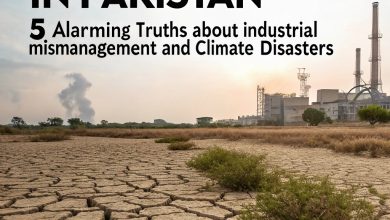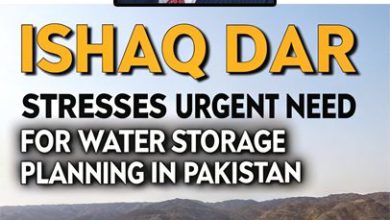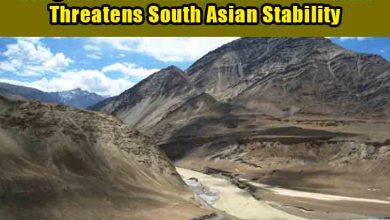Karachi Water Crisis Residents Left High and Dry for 12 Days | Urgent Action Needed
Karachi water crisis worsens as residents suffer 12 days without supply despite KWSC repairs. Explore the causes, affected areas, and public outrage.
The Karachi water crisis has reached a boiling point as thousands of residents continue to suffer without water for over 12 days, despite official claims of restoration. The city’s already fragile water supply was further crippled after a major 84-inch pipeline burst on the Karachi University campus on April 29, 2024.
While Karachi Water and Sewerage Corporation (KWSC) announced the pipeline was repaired, normal supply has yet to resume in many areas. This severe water shortage has caused massive distress across the metropolis, particularly during the sweltering summer heat.
What Caused the Water Crisis?
The crisis began when a main 84-inch water line ruptured at Karachi University. Though the KWSC initially claimed the damage would be fixed within 96 hours, the repair took significantly longer due to the replacement of a 32-foot-long section of the pipeline.
Even after completion, water is being supplied under low pressure, as a precaution. This slow resumption has left many areas completely dry, despite public announcements to the contrary.
Keyword Usage: Karachi water crisis, 84-inch main water line, low water pressure
Areas Worst Affected by the Shortage
The Karachi water crisis has impacted every district in the city, with localities reporting little to no water for nearly two weeks. Among the hardest hit are:
- Gulshan-i-Iqbal
- Scheme-33
- PECHS
- Bahadurabad
- Tariq Road
- Chanesar Town
- Liaquatabad
- Nazimabad
- Pak Colony
- Golimar
- Shershah
- Landhi and Korangi
- PAF Base Masroor
Residents in these areas have been forced to purchase water at exorbitant prices, compounding their misery.
Public Response and Resident Complaints
Angry and frustrated, residents have taken to social media and local forums to express their outrage over the Karachi water crisis.
“We haven’t had water for 12 days straight,” said Zaid Rabbani, a resident of PECHS. “We had to buy a tanker at double the normal price. This is unacceptable.”
Similarly, Tauseef Ali Shah from Gulshan-i-Iqbal said, “The supply came for just an hour and the pressure was so low, we could only fill two buckets. That’s not a solution.”
KWSC’s Official Statement
In contrast to resident accounts, the KWSC spokesperson insists that supply has been restored.
“Normal water supply has resumed and water is being provided to all areas according to the schedule,” said the official.
However, internal sources revealed that the entire citywide network had run dry during repairs, and it would take several more days for pressure and levels to normalize.
CM Sindh’s Directive and Follow-Up
Sindh Chief Minister Syed Murad Ali Shah took notice of the Karachi water crisis and directed KWSC to ensure full restoration by Saturday. Despite this directive, the situation remains unresolved in many neighborhoods.
This disconnect between government claims and ground realities has further eroded public trust in both the utility and local governance.
Long-Term Water Infrastructure Issues
One of the core problems underlying this crisis is Karachi’s outdated water infrastructure. The majority of water lines—ranging from 48 to 84 inches in diameter—were laid in 1956 and 1971, and are now decades past their lifespan.
Frequent bursts and leaks have become common, indicating the urgent need for:
- Complete overhaul of the water distribution network
- Installation of pressure regulation valves
- Digitized monitoring systems
- Emergency water backup plans
Possible Solutions and Expert Opinions
Experts suggest several immediate and long-term interventions to prevent future crises:
- Emergency Tanker Services: Regulated by the government to control prices
- Rainwater Harvesting: For backup water during dry periods
- Pipeline Mapping & Modernization: Replace pipelines over 40 years old
- Decentralized Water Plants: To support high-demand localities
Water policy analyst Dr. Arif Hasan emphasizes,
“Without structural reform, Karachi’s water crisis will only worsen. Band-aid solutions won’t work anymore.”
External Resources
- Karachi Water and Sewerage Corporation (KWSC)
- Sindh Government Official Portal
- Dawn News – Latest Karachi Water News
Internal Resources



